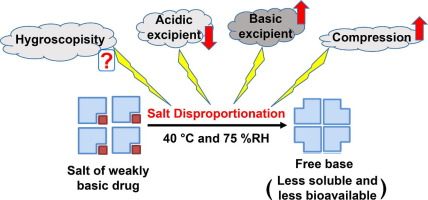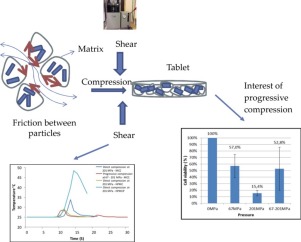- Home
- Blog
- News
- Basics
- Sources
- Agencies, Regulatory & Organisations
- CERSI Excipients Browser
- Excipient Report
- Excipient DMF List
- EXCiPACT Certified Companies
- Excipient Documentation
- Excipient EINECS Numbers
- Excipient E-Numbers
- FDA Inactive Ingredient List
- FDA GRAS Substances (SCOGS) Database
- IPEC Americas
- USP - U.S. Pharmacopeia
- Definitions
- Whitepapers / Publications
- Supplier
- Services
- Media
- Events
- 1st pharmaexcipients Poster Award
- Event Calendar
- Events featured by pharma-excipients
- 4th Annual Formulation & Drug Delivery Congress
- DDF Summit
- ExcipientFest Americas
- ExcipientFest Asia
- Global CompliancePanel
- International Conference and Exhibition on Pharmaceutics & Novel Drug Delivery Systems
- Formulation & Drug Delivery USA Congress
- Laboratory Medicine 2018
- Making Pharmaceuticals Europe
- Making Pharmaceuticals Exhibition
- Pharma Integrates
- PharmaExcipients China @CPhI China
- TTC Technology Training Center
- Jobs
- Online Sourcing
- Contact
27. July 2018
The present study elucidated the advantages of using hydroxypropyl methylcellulose E5 (HPMC) as auxiliary excipient in maintaining storage stability and solubilization ability for curcumin amorphous solid dispersion (Cur ASDs) formulated by Eudragit E100 (E100). Polarized light microscopy and in vitro dissolution experiment was applied for confirming the ability of HPMC on inhibiting crystallization thereby maintaining storage stability in Cur ASDs. Meanwhile, as a non-ionic surfactant, HPMC...
21. May 2018
Excipients are crucial components of most pharmaceutical formulations. In the case of a solid oral dosage formulation containing the salt form of a weakly ionizable drug, excipient selection is critical, as some excipients are known to cause salt disproportionation (conversion of salt to the free form). Therefore, robust formulation design necessitates an in-depth understanding of the factors impacting salt disproportionation during processing or storage as this can negatively impact product...
10. January 2018
Faecalibacterium prausnitzii was previously recognized for its intestinal anti-inflammatory activities and it has been shown less abundant in patients with chronic intestinal diseases. However, the main problems encountered in the use of this interesting anaerobic microorganism are firstly its high sensitivity to the oxygen and secondly, its ability to reach the large intestine alive as targeted site.
03. January 2017
Abstract Aspirin is apt to hydrolyze. In order to improve its stability, a new method has been developed involving the application of hot-melt sub- and outercoating combined with enteric aqueous coating. The main aim was to investigate the influence of these factors on the stability of ASA and understand how they work. Satisfactory storage stability were obtained when the aspirin tablet core coated with Eudragit®L30D55 film was combined with glycerin monostearate(GMS) as an outercoat....
18. February 2015
This study investigates the use of microencapsulation by fluidised bed coating for the protection of ascorbic acid during long-term storage under simulated tropical conditions. Microencapsulation materials, loading levels, fluidised bed processing conditions and the results of storage trials were evaluated. Cellets® 350 is a suitable base material, whereas sugar spheres are not suitable due to agglomeration and bed collapse during processing. Sodium alginate provided the best overall...



